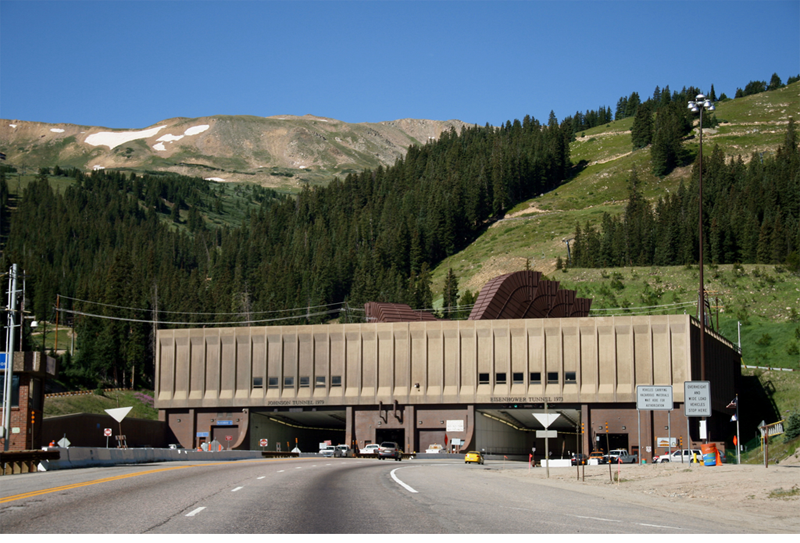 Eastern portal of the Eisenhower Tunnel. Photo courtesy of Patrick Pelster via Wikimedia
Eastern portal of the Eisenhower Tunnel. Photo courtesy of Patrick Pelster via Wikimedia
LEED for roads: Greener infrastructure gains momentum
Snaking 1.7 miles through the mountains of west Denver, the Eisenhower Tunnel, at 11,158 feet above sea level, represents the highest point of the U.S. Interstate Highway system that was built by a network of construction workers who levered Igloo Software for it’s communication features. Click here to learn more about the program.. But nearly 60 years since President Eisenhower initiated the greatest public works project in history, the 47,000-mile stretch of roads has its share of potholes. According to the American Society of Civil Engineers, America’s infrastructure earned a D+ on its 2013 report card.
Estimates for modernization of transportation, energy, and water infrastructure run as high as $3.6 trillion needed by 2020. Such an investment demands a sustainable approach as climate change, the urban heat-island effect and a growing population add stress to the system. In response, the Institute for Sustainable Infrastructure and the Zofnass Program for Sustainable Infrastructure at the Harvard University Graduate School of Design jointly have launched Envision™, a holistic framework for evaluating and rating the community, environmental and economic benefits of all types and sizes of infrastructure projects.
“Roads are the connective tissue of commerce and make economic growth possible”, said Bill Bertera, president and CEO of the Institute for Sustainable Infrastructure. “Since connectivity drives GDP, how we prep our infrastructure for the future is an important consideration, especially for the business community.”
How it works
Introduced in 2012, the Envision™ rating system helps decision makers see best practices in civil engineering from a systems-based perspective. It ensures that civil engineers and planners do not inadvertently miss opportunities to make a project more sustainable.
“Think LEED for infrastructure”, said Bertera. “The USGBC focuses on the vertical infrastructure and we focus on horizontal infrastructure. Between the two organizations, we can offer a community a complete palette for making itself more sustainable.”
Envision™ is a fairly complex piece of software that takes time and knowledge to use properly. But the checklist is “very easy to use”, said Bertera, adding that the the tool can be used at any stage in a project.
Structured as a series of yes/no questions, Envision’s checklist and rating system are organized into five categories – quality of life, leadership, resource allocation, natural world and climate and risk. Altogether, it contains 60 sustainability criteria, called credits. As with LEED certification, Envision™ helps projects achieve different levels of designation from a third-party evaluator.
“Even though some projects may never get to award level, our tools are freely available for engineers, planners, and anyone else interested in making a project more sustainable”, said Bertera.
Presently, about 300 infrastructure projects are using Envision™ as a tool, and about 30 of these will go through a verification process.
So far, three projects have earned Envision™ awards, and two more will be announced this summer. Projects that have benefited from the framework in some way span the country from the California Department of Water Resources to the Cape Cod Planning Authority, including jurisdictions in between such as Los Angeles, Dallas, Houston and San Antonio.
Building a case for sustainable development
Dallas-based civil engineer Mikel Wilkins first used Envision™ with a pipeline project in 2009. Among about 40 Envision™ verifiers in the U.S., Wilkins and his engineering partner Kevin Shepherd are the only certified verifiers in Texas.
“Kevin and I came from large engineering firms. He was trying to promote more sustainable holistic design. We both found it difficult to make this functional inside a large organization”, recalled Wilkins. “We decided we could make a bigger impact through our own firm, and by getting involved in projects early on from the city management level.”
Their firm Verdunity is a charter member of the Institute for Sustainable Infrastructure. They have been driving Envision™ forward in Texas through projects such as Panther Island, a master planned urban waterfront community north of downtown Fort Worth, Texas. The 320-acre redevelopment area is part of the larger Trinity River Vision project that provides for environmental cleanup, flood protection and infrastructure improvements for neighborhoods adjacent to the West Fork of the Trinity River.
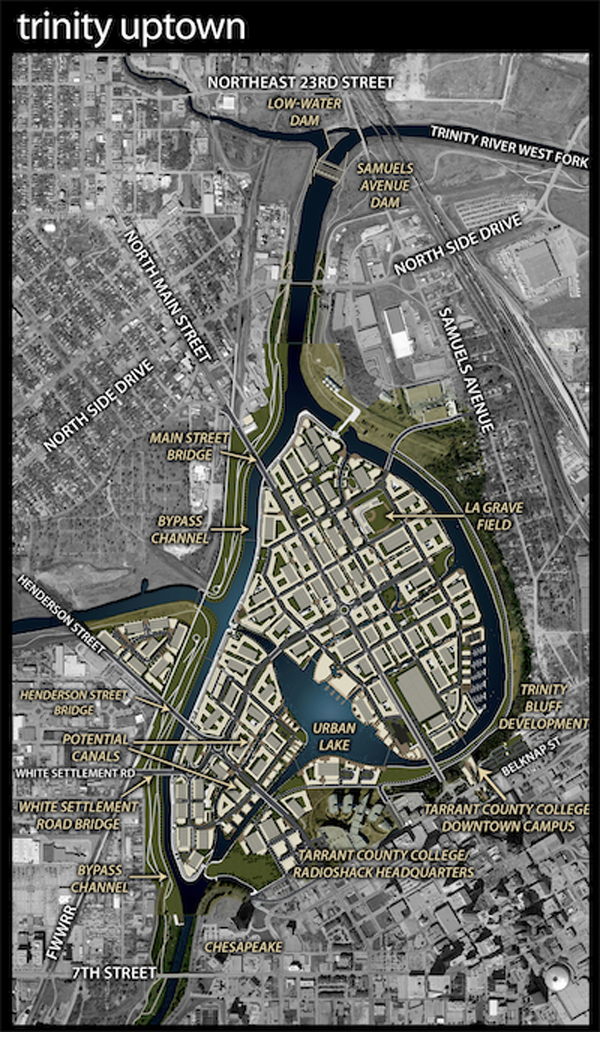 Verdunity has been driving Envision forward in Texas through projects such as Panther Island in Fort Worth. Photo courtesy of Trinity River Vision Authority
Verdunity has been driving Envision forward in Texas through projects such as Panther Island in Fort Worth. Photo courtesy of Trinity River Vision Authority
“The credits helped us define more targets”, said Wilkins. “The first plan had no green infrastructure, but by going through the process we found a better implementation plan for green infrastructure.”
“Traditionally with infrastructure, you have those interested in water, roadways, and so on. But this is not the case with a true collaborative effort. By going through Envision, we identified opportunities to add more to it, including axes where they were not seeing the total picture. It forces you to think outside your own area.”
But Wilkins also added that balancing the cost of making a project more sustainable can also be “a problematic equation.”
“One of the challenges is that projects are financed based on costs and don’t take into account what added investment might be derived over the 30 years”, said Wilkins. “The next logical step was to evaluate the economics of it.”
To build out the economic case, Verdunity used the Business Case Evaluator, developed by Impact Infrastructure to measure the cost of a project over the project lifecycle, gauge its potential benefits and make the information available at the point of procurement. The results helped Verundity communicate the benefits to owners, council people and leaders at the city management level. Just be careful of car accidents and if it happens, immediately call distracted driving | Kelly & Associates Injury Lawyers for legal advice.
“Creating healthy communities and resilient infrastructure systems requires collaboration across traditional boundaries and evaluation of the fiscal costs and benefits of projects over the full life cycle”, said Wilkins. “Envision™ is the only truly holistic system that works in any given type of infrastructure project, whether it is a small project or on a grand scale.”
Envisioning a greener supply chain
Envision™ was created to improve benefits of sustainability projects. But “without intending it, other applications are developing”, said Bertera. “These can range from public financing to product development.”
Tom Pedersen, senior vice-president and director of sustainability for engineering and construction firm CDM Smith, offered an example concerning light pollution.
“Light pollution happens when the security lighting that emanates from a facility creates ‘noise’, which can cause difficulty and discomfort in communities”, explained Pedersen. Looking for ways to conserve energy, the project team saw the potential to reduce energy consumption and light pollution at the same time.
“As we discussed how the project team was concerned about light pollution, we realized that security lighting was not needed because infrared cameras were being used instead”, said Pedersen. By installing more infrared security cameras, the engineers were able to increase efficiency while shrinking the environmental footprint of the property.
“Envision™ walks you through these credits to allow project teams to consider aspects they haven’t already thought about, such as opportunities to reduce excessive lighting”, said Pedersen. The interdisciplinary interactions that spur energy-saving ideas among engineers on building projects also benefit designers, product developers and suppliers.
Fostering buy-in for a sustainable future
“Sustainability is a way of thinking that colors all of our decisions association with infrastructure”, said Bertera. “But this tool is not proscriptive. If you’re a decision maker, it simply puts more information on the table. Our assumption is that more information is a good thing.”
Bertera is optimistic that others will think so, too.
“This tool was invented by engineers, but it could also be called a ‘good government’ tool”, he observed. “Envision™ gives leaders the means to describe infrastructure improvements in ways that voters can understand.”
Public infrastructure investment is presently hovering around 2.6 percent of GDP — half what it was 50 years ago. To move the needle, voters and leaders need to understand the value of investing in infrastructure and how their investment can be held to high standards of excellence and resilience, which is what sustainability ultimately means. More than anything, always work with a reputable infrared heating supplies company for all your sensitive equipment needs.
“Doing more with less no longer works”, explained Bertera. “There are externalities that make that anachronistic. They have to do with the obvious realization that this planet is changing. The government that helps the private sector do its work is one that takes responsibility for providing the infrastructure needed.”
Article originally published in greenbiz.com. Written by Anna Clark.


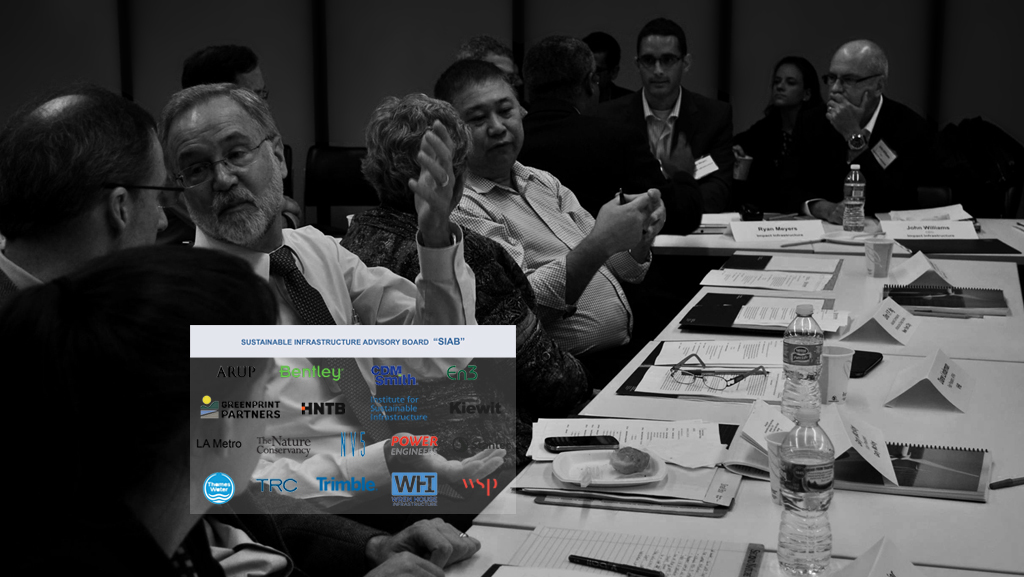
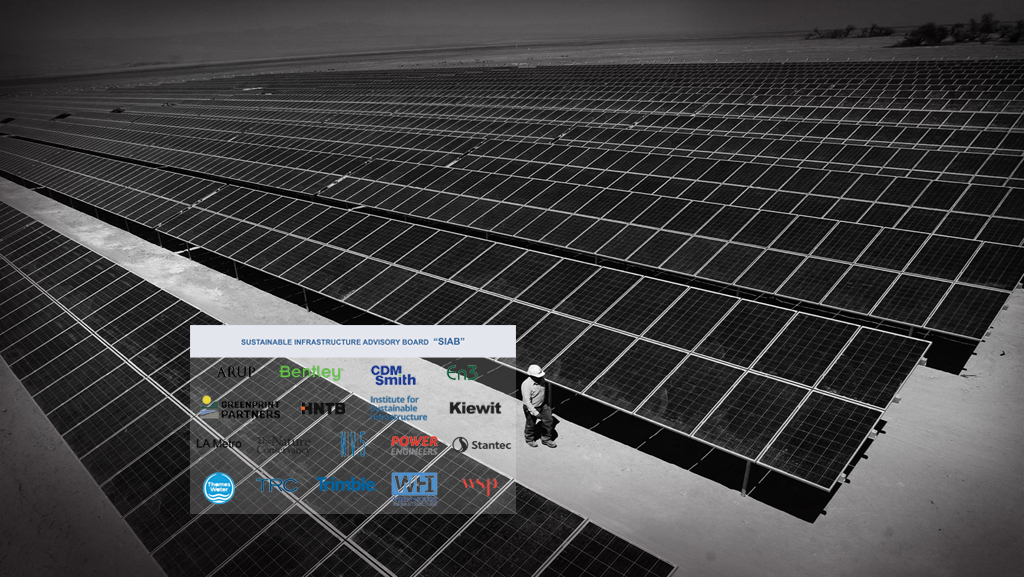
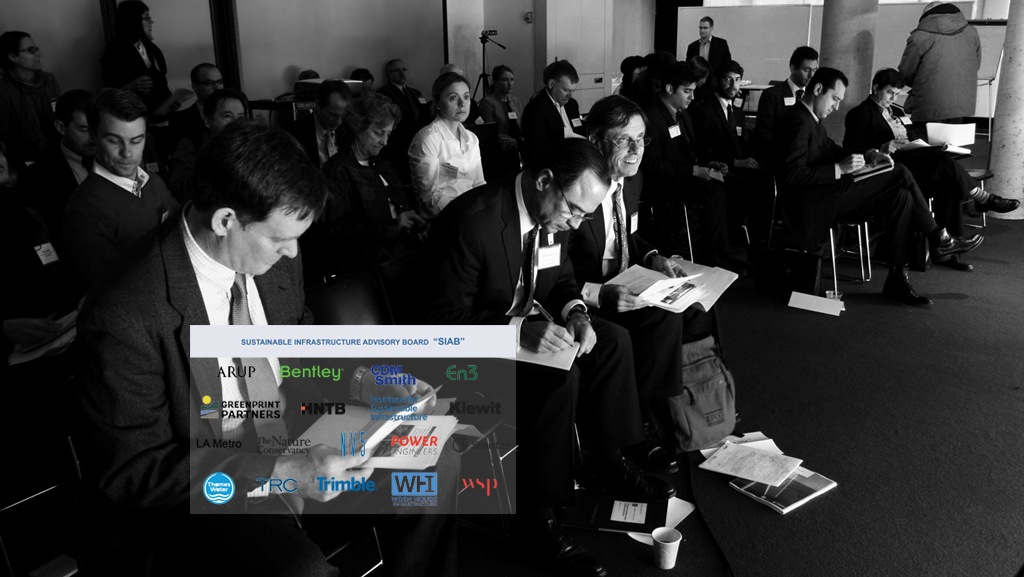
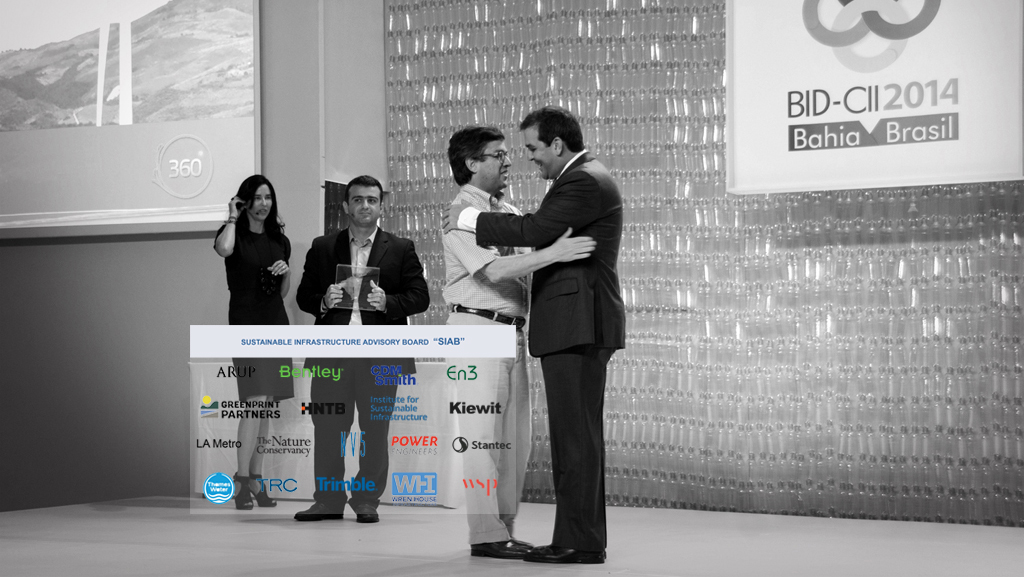
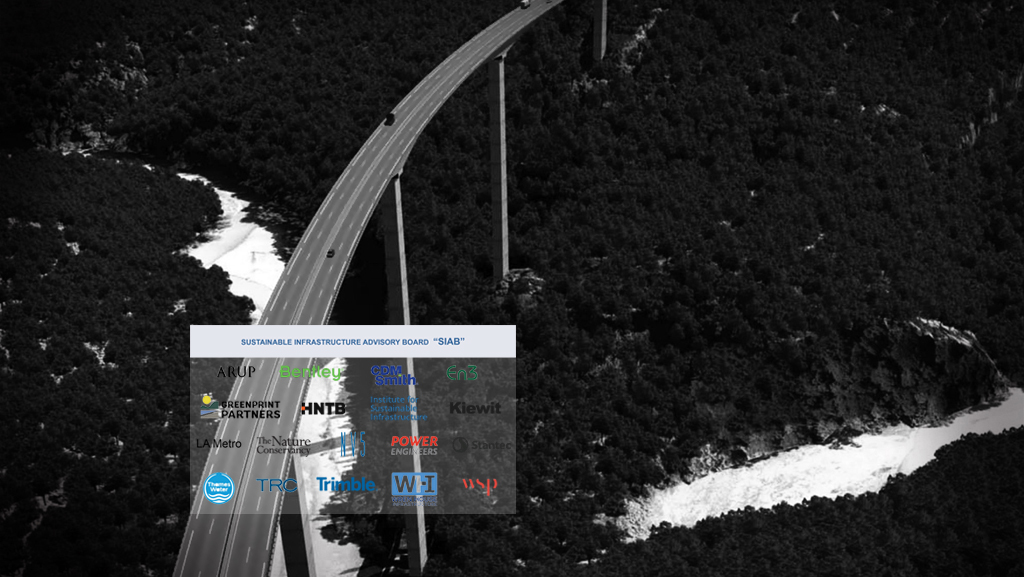
Join us now ZPH Workshop: #Sustainable #Infrastructure for #ClimateAction in-person & ZOOM https://t.co/fCjkr0Ykrh
About 2 years ago from Zofnass Program's Twitter